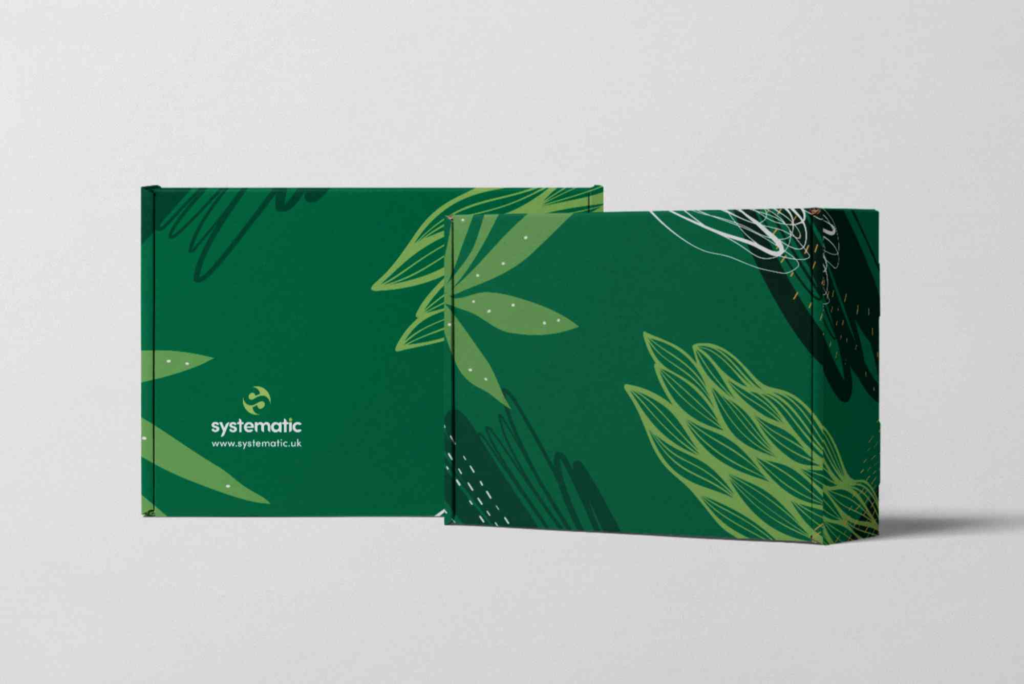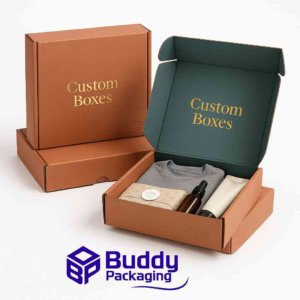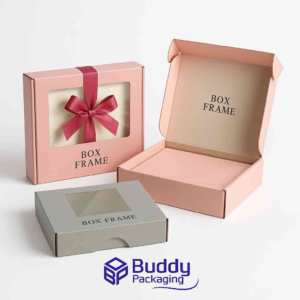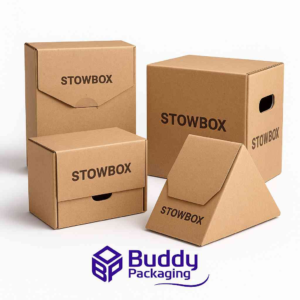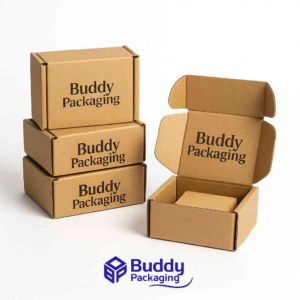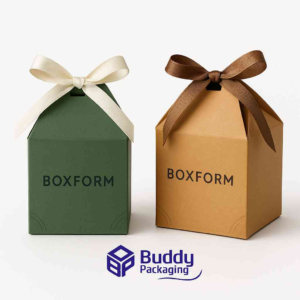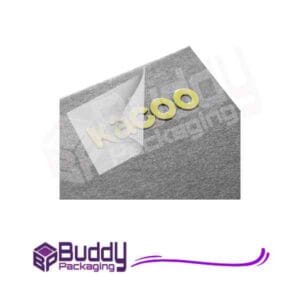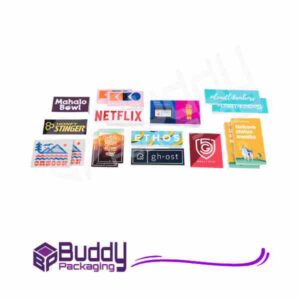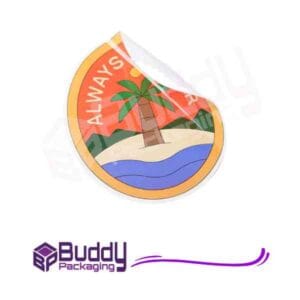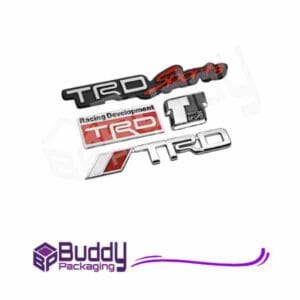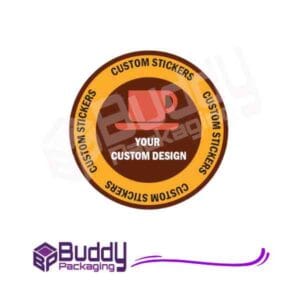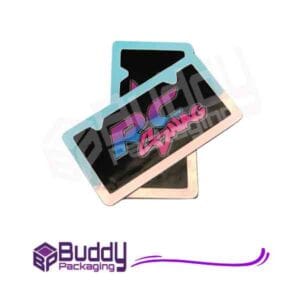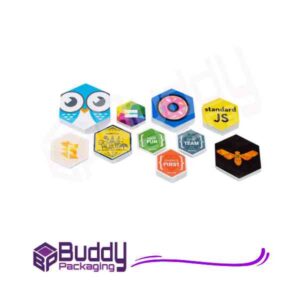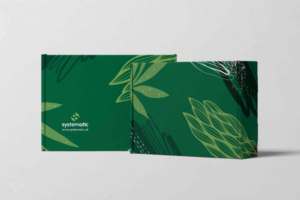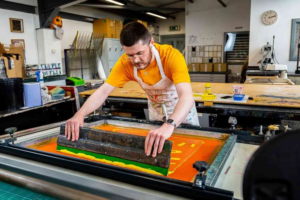Introduction
In a world increasingly aware of environmental issues, green packaging design has emerged as a crucial strategy for businesses aiming to build sustainable and responsible brands. The modern consumer no longer values packaging for appearance alone; they seek environmentally conscious solutions that reflect their personal values. Green packaging isn’t just about aesthetics—it’s a thoughtful approach that considers materials, functionality, and the product’s entire lifecycle. Whether you run a small e-commerce store or a global brand, adopting eco-friendly design can elevate your reputation, reduce waste, and positively impact the planet.
What Is Green Packaging Design?
Green packaging design refers to creating packaging that minimises environmental impact. It involves using recyclable, biodegradable, or reusable materials and designing with efficiency in mind. The main goal is to reduce waste, lower carbon emissions, and conserve natural resources throughout production, distribution, and disposal.
Unlike conventional packaging, which often relies on plastics and non-renewable materials, green packaging emphasises sustainable sourcing and ethical manufacturing practices. It considers every element—from ink choice to structural design—to ensure the packaging aligns with environmental responsibility and brand identity.
Why Green Packaging Design Matters Today
Consumers are becoming more eco-aware and expect brands to take responsibility. A study by Nielsen revealed that 73% of global consumers are willing to change their consumption habits to reduce environmental impact. This shift means companies can no longer afford to overlook sustainability in packaging.
Moreover, governments worldwide are introducing regulations that encourage or even mandate eco-friendly packaging practices. In the UK, the Plastic Packaging Tax and Extended Producer Responsibility (EPR) schemes are pushing brands to rethink their materials and designs. Embracing green packaging design now helps businesses stay compliant, competitive, and appealing to a growing base of conscious consumers.
The Key Principles of Green Packaging Design
A sustainable packaging strategy is built on several principles that combine design intelligence with environmental ethics.
Use of Sustainable Materials
Choosing the right materials is the foundation of eco-friendly packaging. Options such as kraft paper, cardboard, corrugated fibreboard, bamboo, and bioplastics derived from cornstarch or sugarcane are popular alternatives to plastic. These materials are renewable, recyclable, and compostable, offering durability without environmental harm.
Minimisation of Material Usage
Green design isn’t about more—it’s about less. Reducing material thickness, eliminating unnecessary layers, and designing compact structures can significantly cut down waste. A smaller package not only uses fewer resources but also reduces shipping costs and carbon emissions.
Focus on Reusability and Recyclability
Designing packaging that customers can reuse or easily recycle adds long-term value. For example, sturdy paper bags, glass jars, or tin containers can have a second life in homes, reducing the need for single-use packaging. Clear recycling symbols and instructions also guide customers to dispose of packaging responsibly.
Energy-Efficient Production
Eco-friendly packaging goes beyond the materials—it includes how it’s made. Choosing local manufacturers, renewable energy sources, and efficient production methods can drastically cut a company’s carbon footprint.
Innovative and Minimalist Design
A minimalist design approach aligns beautifully with green packaging principles. By simplifying graphics, using natural colours, and avoiding excessive inks, brands can create a premium look while maintaining environmental integrity.
The Role of Green Packaging Design in Branding
Your packaging is your silent brand ambassador. In many cases, it’s the first physical touchpoint between your brand and the customer. Green packaging design communicates more than sustainability—it conveys care, authenticity, and long-term vision.
Eco-friendly packaging demonstrates that a brand values the planet as much as profit. This emotional connection fosters customer trust and loyalty, encouraging repeat purchases. Many successful brands have used sustainable packaging as part of their storytelling, positioning themselves as leaders in environmental innovation.
Moreover, when consumers share your eco-conscious packaging on social media, it boosts visibility and strengthens your reputation as a responsible company. It’s not just packaging—it’s powerful, shareable marketing.
How to Implement Green Packaging Design
Transitioning to sustainable packaging requires strategy and commitment. Here’s how businesses can start this journey effectively.
Assess Your Current Packaging
Begin by conducting a full audit of your current packaging materials and processes. Identify elements that can be replaced or reduced. Look for components that are non-recyclable, wasteful, or energy-intensive to produce.
Choose the Right Materials
Research sustainable options that align with your product’s needs. For fragile items, recycled corrugated boxes offer excellent protection. For luxury items, compostable or FSC-certified paper provides a premium look without sacrificing sustainability.
Collaborate with Experts
Working with professionals in Custom Packaging ensures that your design not only meets environmental standards but also maintains brand identity. Custom solutions can help optimise dimensions, reduce material waste, and create packaging that stands out on shelves.
Test and Refine
Sustainable design doesn’t mean compromising on performance. Always test your packaging for durability, moisture resistance, and usability. Gather customer feedback and adjust accordingly to achieve both practicality and eco-friendliness.
Educate Your Consumers
Transparency is key. Include clear messaging on your packaging to inform customers about its sustainability features—whether it’s recyclable, compostable, or made from recycled content. This builds awareness and encourages responsible behaviour.
Green Packaging Design Trends for 2025 and Beyond
The world of packaging is rapidly evolving. Staying updated with the latest innovations ensures that your brand remains relevant and future-ready.
Biodegradable and Compostable Materials
Brands are increasingly turning to bioplastics made from plant-based polymers. These materials break down naturally, offering an excellent alternative to petroleum-based plastics.
Edible Packaging
An exciting development in sustainable design, edible packaging uses natural ingredients like rice paper or seaweed to create wrappers that can be consumed safely.
Smart Packaging
Technology is playing a role in sustainability. QR codes and NFC tags are helping brands communicate detailed recycling instructions and sustainability commitments directly to consumers.
Refill Systems and Minimal Packaging
Refill pouches and minimalist packaging reduce waste significantly. Customers can reuse containers, reducing the need for new packaging production.
Upcycling and Creative Reuse
Designers are creating packaging that encourages users to repurpose it—for example, turning a box into a decorative item or a storage container. This keeps packaging in use longer and out of landfills.
Common Challenges in Green Packaging Design
While sustainability offers many benefits, the transition can present challenges.
Higher Initial Costs
Sustainable materials can sometimes cost more than traditional ones. However, the long-term benefits—such as brand loyalty and reduced environmental levies—often outweigh the initial investment.
Supply Chain Limitations
Not all regions have easy access to eco-friendly materials or recycling facilities. Partnering with local suppliers and planning ahead can help overcome this issue.
Balancing Design and Functionality
A common misconception is that sustainable packaging lacks durability or style. But with modern design tools and packaging design tips, it’s possible to create packaging that’s both practical and visually stunning.
Benefits of Green Packaging Design
The rewards of sustainable packaging extend far beyond environmental impact.
- Brand Differentiation – Consumers associate eco-conscious packaging with quality and integrity, helping your brand stand out.
- Cost Efficiency – Reducing materials and shipping weight can cut long-term operational costs.
- Regulatory Compliance – Sustainable packaging keeps your business aligned with UK and EU environmental regulations.
- Enhanced Customer Loyalty – Shoppers are more likely to support brands that share their environmental values.
- Positive Brand Image – Green design promotes your company as forward-thinking and responsible.
The Future of Green Packaging Design
The future of packaging lies in circular design—where products and materials remain in continuous use. As innovation progresses, we can expect to see new materials, improved recycling systems, and global collaboration between brands and governments.
In the coming years, digital printing, AI-driven material optimisation, and 3D printing may further revolutionise sustainable packaging. The combination of creativity, technology, and responsibility will shape a new era of design that serves both people and the planet.
(FAQs)
What is an example of green packaging design?
Examples include packaging made from recycled cardboard, biodegradable plastics, or reusable glass containers. These materials minimise waste and reduce environmental impact.
How can I make my packaging more eco-friendly?
Start by reducing unnecessary materials, using recyclable or compostable options, and working with suppliers who prioritise sustainability.
Does green packaging cost more?
Initially, it may cost slightly more, but the long-term benefits—such as reduced waste, improved brand loyalty, and regulatory advantages—make it cost-effective.
Why is green packaging important for brands?
It enhances brand reputation, supports sustainability goals, and aligns your business with eco-conscious consumers’ expectations.
Can small businesses afford green packaging design?
Yes. Many sustainable options are now available at competitive prices. Even simple changes, such as switching to recycled paper or reducing package size, make a difference.
Adopting green packaging design is no longer an optional marketing trend—it’s a vital part of business ethics and long-term strategy. By embracing sustainability, brands can appeal to eco-conscious consumers, comply with evolving regulations, and contribute to a cleaner planet.
Now is the perfect time to evaluate your current packaging and explore sustainable alternatives. Partner with experts in Custom Packaging to design eco-friendly solutions that reflect your brand’s values and commitment to the environment. Every sustainable choice you make today brings us one step closer to a greener tomorrow.

